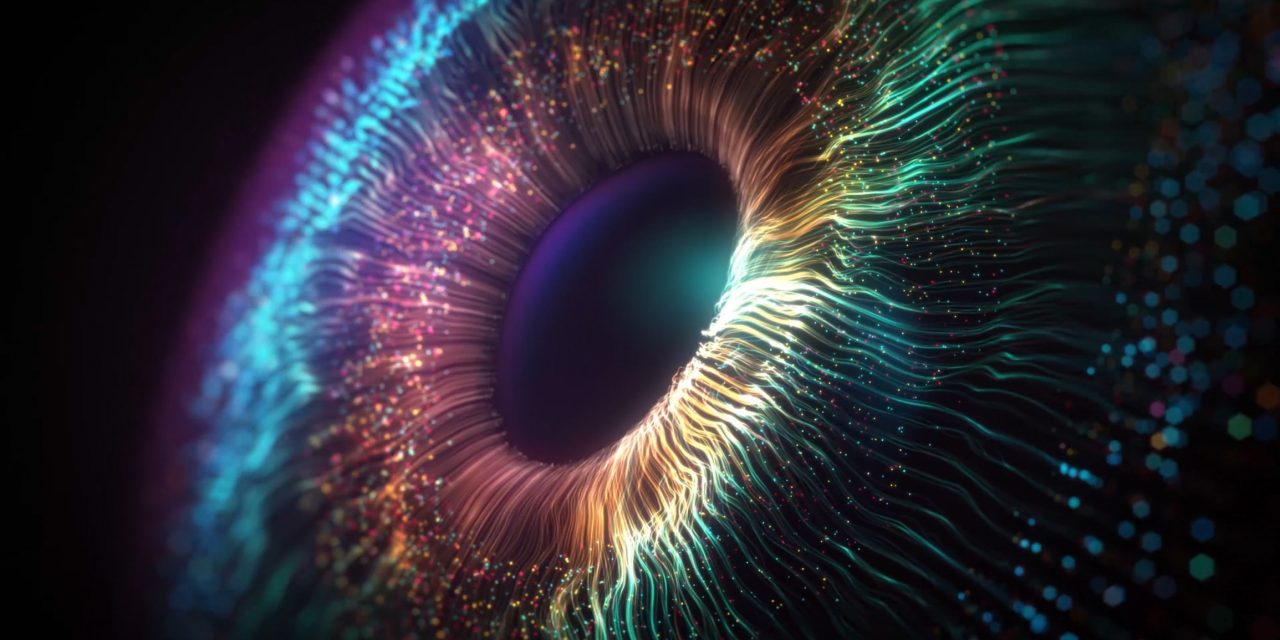Dry eye disease (DED) is a condition that is fast reaching epidemic proportions around the world. Dry eye post-refractive surgery is the leading cause of iatrogenically induced DED. The wide variety of presentations and the disparity between signs and symptoms in many patients make this a very challenging aspect of our clinical practice. There has been a paradigm shift in the way we approach and treat this condition. The International Dry eye workshop has added new knowledge and focus to our management of dry eye. A wide range of newer diagnostic modalities are available for the diagnosis of DED. Dry eye is one of the most common side effects of refractive surgery and can have a bearing the patient’s perception of surgical outcomes as well. A thorough understanding of the possible underlying etiopathologies of this disease and the difference in etiopathogenesis of postrefractive dry eye is essential for optimal outcomes. It is important to approach each case in a unique fashion and customize the therapy to the patient presentation. This review article compiles all these aspects of management of dry eye in general, and postrefractive surgery dry eye in particular; from the ones commonly practiced in the clinic to the newer modalities of therapy with insights into the disease from a more practical point of view.
Algorithmic approach to diagnosis and management of post-refractive surgery dry eye disease.


